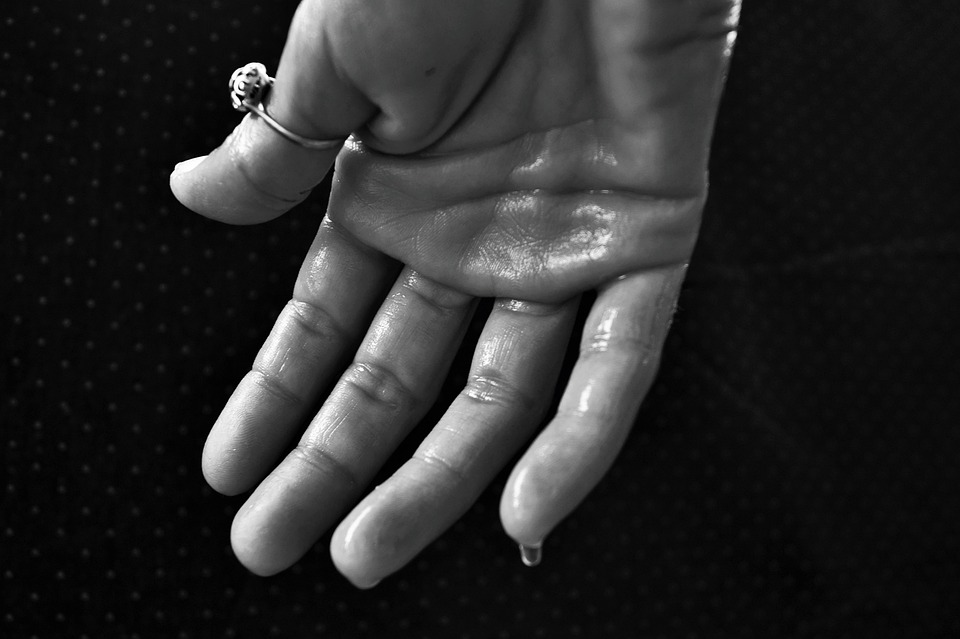Hyperhidrosis: When Sweating Becomes a Problem
August 24, 2023
Sweating is a natural process that helps regulate body temperature, but when it becomes excessive, it can be annoying and even embarrassing. Sweating, or perspiration, is controlled by the sympathetic nervous system and is necessary for keeping our bodies cool. Under normal conditions, we produce about half a liter of sweat per day, but this can increase to over two liters per hour in hot temperatures. While sweating is essential for our well-being, excessive sweating, known as hyperhidrosis, can become a problem.
Hyperhidrosis is the term used to describe excessive sweating, which can occur in specific areas of the body or all over. It can be classified into two types: secondary and primary hyperhidrosis. Secondary hyperhidrosis has an identifiable cause, while primary hyperhidrosis has no apparent cause and is believed to be related to the nervous system and may have a genetic component. Common areas affected by hyperhidrosis include the armpits, palms of the hands, soles of the feet, and face. This condition typically begins at a young age and can be disabling, causing difficulties in interpersonal relationships. Excessive sweating in the hands can be particularly bothersome, as it can affect professional activities and social interactions.
While excessive sweating does not necessarily lead to a foul smell, bacteria can break down sweat and cause an unpleasant odor. This can be managed by practicing good hygiene, using deodorants and antiperspirant pads, and paying attention to nutrition. Spicy foods and alcohol should be limited, as they can contribute to unpleasant body odor.
Managing hyperhidrosis involves adopting certain lifestyle strategies. It is important to avoid wearing tight clothing, especially those made of synthetic fibers, as they can trap heat and moisture. Long-lasting deodorants containing aluminum chloride can help control the disorder. Iontophoresis is another treatment option, which involves using a low-intensity electric current on the affected areas. This technique blocks sweat gland ducts for a temporary period. While it is effective for milder cases, it may not be as effective for more severe situations.
Treating hyperhidrosis can be challenging, and finding the right remedy may take time. Lifestyle changes, such as a healthy diet and the use of antiperspirant sprays or creams, can help manage symptoms and boost self-confidence. Underarm pads can absorb excess sweat and protect clothing. Wearing moisture-absorbing socks and shoes with special soles can also help. Alternating between different pairs of shoes throughout the day can reduce sweat buildup and prevent odor.
Managing hyperhidrosis requires a multi-faceted approach, and it may take time to find the best solution. By implementing lifestyle changes and utilizing various treatments, individuals can improve their symptoms and regain their confidence.
Daily News
